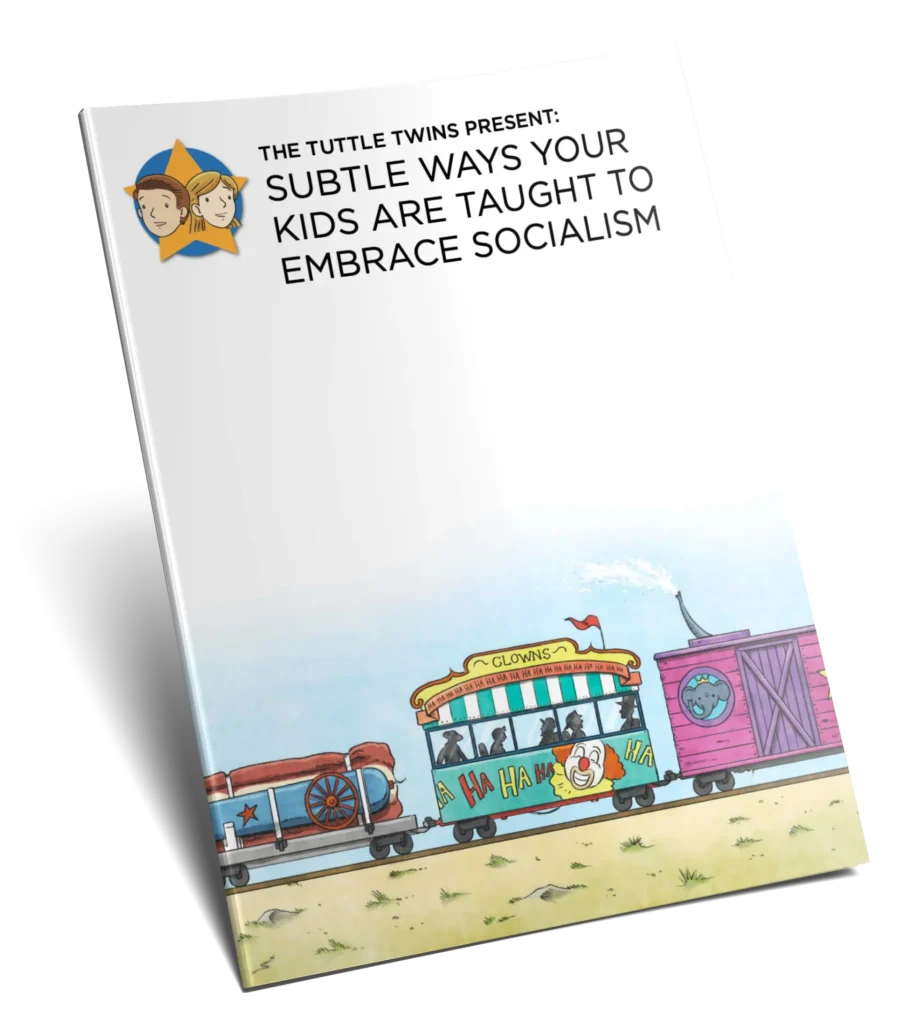If you stacked a trillion dollars in hundred-dollar bills, the pile would reach about 630 miles high—more than twice the distance to the International Space Station.
Now multiply that by thirty-seven.
That’s where we are today.
The national debt has now crossed $37 trillion, and now there’s a nifty little chart that shows exactly how we got here. Every president (red or blue) has added more than the last.
Reagan, Bush, Clinton, Obama, Trump, Biden… trillions on trillions on trillions with no sign of slowing down or stopping.

It’s a brutal truth that too many people don’t understand: the debt doesn’t care who wins elections. Because the problem isn’t who’s in charge. It’s the system itself.
Murray Rothbard explained this perfectly in Anatomy of the State.
He argued that the State doesn’t create wealth; it consumes it. It doesn’t produce value; it redistributes it. And the people in charge, no matter their party, have every incentive to keep it that way.
You see, contrary to what your Social Studies teacher probably told you, the government isn’t a humble servant of the people. It’s a monopoly on force that survives by taking from the productive to feed the political. Every politician inherits the same machine, pulls the same levers, and spends the same borrowed money.
The logic of government debt is simple: once the public becomes dependent on government spending, no politician can afford to stop it. Every dollar borrowed buys votes, funds programs, and feeds the illusion that the State can give without taking.
That’s why, under every administration, the red line on that chart keeps climbing. The “debate” in Washington is never about whether to spend, only where to spend. Both sides may argue over priorities—military or welfare, subsidies or student loans—but they agree on the premise: government power can and should be used to manage every aspect of life.
This is what Rothbard was trying to get us to see. That the State is not a neutral referee, but a self-preserving institution that expands by convincing citizens to trade liberty for security (or stuff).
And it's what we’re trying to help families understand with our simplified version of his work.
The Tuttle Twins and the Fate of the Future introduces kids to the idea that society doesn’t have to run on coercion—that voluntary cooperation, mutual respect, and personal responsibility can do what politics never will.
It helps families imagine a world where problems are solved by persuasion and innovation instead of power and control.

The truth is, if we keep expecting politics to fix the problems it creates, we’ll stay trapped in the same loop forever.
But if we raise a generation that understands freedom, responsibility, and voluntary cooperation, the cycle can finally break.
I guarantee that if you read Fate of the Future with your kids, you’ll open their eyes to a version of life they never knew was possible. It’s pretty amazing to think about what the future can look like when people, not politicians, shape the world.
A better life is at our fingertips; we just have to muster the courage to break free.
I think our kids are going to be the ones who finally do it.
— Connor





